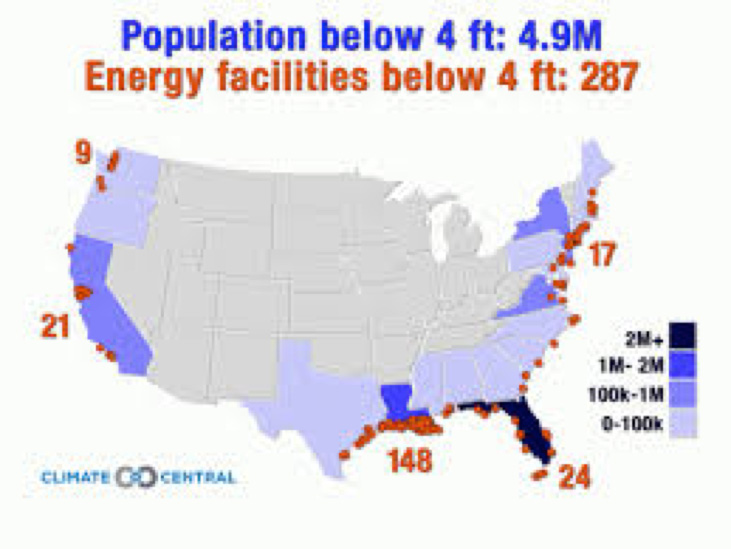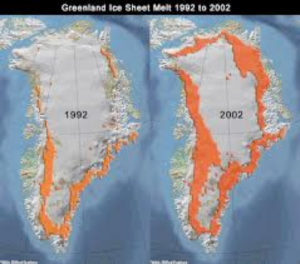
THE R4B METHOD – INTENTIONAL PROGRAMMING
FOR CLIMATE CHANGE
Incorporating the Intentional Programming process is fundamental for creating a better future via the Ready for Better Method. The destination is not an endpoint, it is a life long journey.
PROBLEM DESCRIPTION
Climate is changing in a threatening direction
DIRECTION FOR A BETTER FUTURE
Develop & implement strategies for mitigation, adaptation & resilience
SAMPLE AFFIRMATIONS
- I am/We are learning about climate change mitigation, adaptation & resilience
- I am/We are organizing to improve community resilience
- I am/We are taking effective action to improve community resilience
The debate is over. After decades of disinformation fed by the fossil fuel industry and their public relations firms, the public is awakening to the reality of climate change. This is perceptually accentuated by media reports and direct experience of extreme weather events. NASA reports there is compelling evidence for rapid climate change:
Sea levels are rising, driven by melting ice and snow, and by thermal expansion of the warming oceans that have absorbed ~90% of the extra heat trapped by global greenhouse gases. This poses a specific risk to coastal cities and power generation infrastructure.
Global temperatures are increasing. This 30 second video illustrates it vividly. Each of the last six months, as of March 2016, has set records for the warmest month on record.
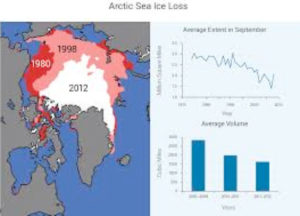 Arctic sea ice is rapidly decreasing because of the same reasons, especially a warmer Gulf Stream current that is melting the ice from below the surface and releasing methane from stored methyl hydrates in shallow ocean waters. This creates other feedback loops that contribute to more global warming and more methane release.
Arctic sea ice is rapidly decreasing because of the same reasons, especially a warmer Gulf Stream current that is melting the ice from below the surface and releasing methane from stored methyl hydrates in shallow ocean waters. This creates other feedback loops that contribute to more global warming and more methane release.
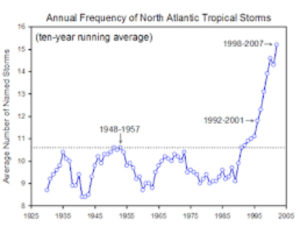 Extreme weather events are increasing, driven by increasing atmospheric temperatures and the increased moisture content of the cloud layer. This is a dramatic change.
Extreme weather events are increasing, driven by increasing atmospheric temperatures and the increased moisture content of the cloud layer. This is a dramatic change.
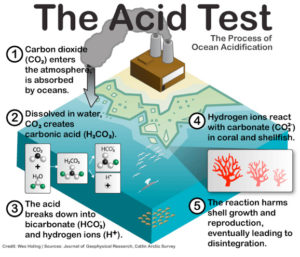 Oceans are becoming more acidic as the ocean waters warm, contributing to the expansion “dead zones” and to the bleaching of coral reefs globally, thereby critically damaging the ocean food chain at the most fundamental level.
Now, the challenge is what to do about it when there has been insufficient political will for the necessary transformational change. NASA’s approach is to provide the data sets to monitor the changes that are taking place and to update forecasts for the future. NASA’s stated intent is to promote the three legged climate response stool of mitigation, adaptation and resilience. These data sets are available to educate government officials as well as the public, should they be sufficiently interested to look for the information. The data provide a compelling counter-argument to climate change denialists who many believe have been influenced by campaign contributions from the fossil fuel industry.
Oceans are becoming more acidic as the ocean waters warm, contributing to the expansion “dead zones” and to the bleaching of coral reefs globally, thereby critically damaging the ocean food chain at the most fundamental level.
Now, the challenge is what to do about it when there has been insufficient political will for the necessary transformational change. NASA’s approach is to provide the data sets to monitor the changes that are taking place and to update forecasts for the future. NASA’s stated intent is to promote the three legged climate response stool of mitigation, adaptation and resilience. These data sets are available to educate government officials as well as the public, should they be sufficiently interested to look for the information. The data provide a compelling counter-argument to climate change denialists who many believe have been influenced by campaign contributions from the fossil fuel industry.
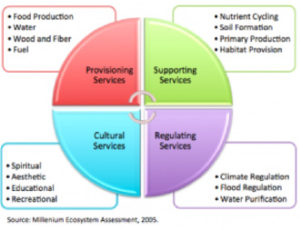 We live within a complex biosphere that has evolved over millions of years, but that evolution has entered a new stage of alarming human caused climate change. The primary controllable root cause as identified by climate scientists is increasing greenhouse gases [GHGs]. The largest sources of these GHGs are said to be industrial power generation and transportation vehicles by land, sea and air. These GHGs are the byproducts of burning cheap fossil fuels that do not reflect their actual cost at the point of purchase, because that cost does not include the damage to ecosystem services created by the extraction, processing and burning of fossil fuels.
We live within a complex biosphere that has evolved over millions of years, but that evolution has entered a new stage of alarming human caused climate change. The primary controllable root cause as identified by climate scientists is increasing greenhouse gases [GHGs]. The largest sources of these GHGs are said to be industrial power generation and transportation vehicles by land, sea and air. These GHGs are the byproducts of burning cheap fossil fuels that do not reflect their actual cost at the point of purchase, because that cost does not include the damage to ecosystem services created by the extraction, processing and burning of fossil fuels.
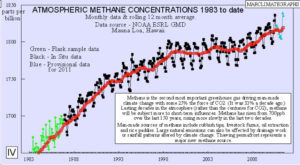 There is little to no mention of methane release from melting permafrost and methyl hydrate release from shallow polar waters. Over a twenty year period, a molecule of methane has ~84x the global heat trapping potential of a molecule of carbon dioxide. The strategic concern is that rising atmospheric and ocean temperatures can trigger more rapid methane release, thereby creating feedback loops that accelerate the warming process more rapidly than society can cope with it. For those who have been studying this very carefully and taking measurements, this constitutes a climate emergency. This graph illustrates global and arctic temperatures. The problem is that as the arctic warms it releases even more methane that then contributes to even more warming. it’s an accelerating feedback loop. There is only one Presidential candidate in 2016 that has publicly stated we are in a “climate crisis” and “climate change is our greatest threat to national security”: Bernie Sanders.
There is little to no mention of methane release from melting permafrost and methyl hydrate release from shallow polar waters. Over a twenty year period, a molecule of methane has ~84x the global heat trapping potential of a molecule of carbon dioxide. The strategic concern is that rising atmospheric and ocean temperatures can trigger more rapid methane release, thereby creating feedback loops that accelerate the warming process more rapidly than society can cope with it. For those who have been studying this very carefully and taking measurements, this constitutes a climate emergency. This graph illustrates global and arctic temperatures. The problem is that as the arctic warms it releases even more methane that then contributes to even more warming. it’s an accelerating feedback loop. There is only one Presidential candidate in 2016 that has publicly stated we are in a “climate crisis” and “climate change is our greatest threat to national security”: Bernie Sanders.
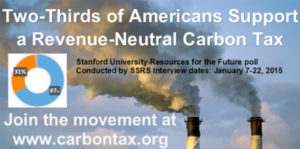 There are other root causes of climate change, one of which is the absence of a tax scheme that incentivies the desired corporate behavior of reducing fossil fuel consumption and increasing use of renewable energy. Many economists and other social scientists believe we need a gradually increasing carbon tax that begins to more accurately reflect the fossil fuel cost to the commons and the ecosystem services it provides. If the true cost of fossil fuels were to rise based on a carbon tax and elimination of the subsidies currently provided to the fossil fuel industry, there would be a strong economic incentive for a rapid transformation toward an economy that relies on renewable energy. There is only one 2016 Presidential candidate who has called for a tax on carbon: Bernie Sanders.
There are other root causes of climate change, one of which is the absence of a tax scheme that incentivies the desired corporate behavior of reducing fossil fuel consumption and increasing use of renewable energy. Many economists and other social scientists believe we need a gradually increasing carbon tax that begins to more accurately reflect the fossil fuel cost to the commons and the ecosystem services it provides. If the true cost of fossil fuels were to rise based on a carbon tax and elimination of the subsidies currently provided to the fossil fuel industry, there would be a strong economic incentive for a rapid transformation toward an economy that relies on renewable energy. There is only one 2016 Presidential candidate who has called for a tax on carbon: Bernie Sanders.
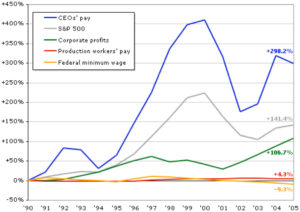 Another root cause that underlies our inability to change course from the apparently suicidal direction we are collectively headed is executive compensation. Corporate behavior, especially corporate goal setting and lobbying of government officials, is driven by executive and management compensation systems organized around three key quarterly financial indicators of corporate health: revenue, profit and cash flow. These indicators do not in any way reflect the costs to society and the commons from the extraction, processing and combustion of fossil fuels. Corporate behavior is driven by a financial reward system that unduly rewards top executives for delivering the desired quarterly financial results without consideration of its impact on society and without consideration of the bulk of employees doing the work. This dysfunctional system creates corporate behavior that is short term oriented and blind to whatever societal harm it might be creating.
Another root cause that underlies our inability to change course from the apparently suicidal direction we are collectively headed is executive compensation. Corporate behavior, especially corporate goal setting and lobbying of government officials, is driven by executive and management compensation systems organized around three key quarterly financial indicators of corporate health: revenue, profit and cash flow. These indicators do not in any way reflect the costs to society and the commons from the extraction, processing and combustion of fossil fuels. Corporate behavior is driven by a financial reward system that unduly rewards top executives for delivering the desired quarterly financial results without consideration of its impact on society and without consideration of the bulk of employees doing the work. This dysfunctional system creates corporate behavior that is short term oriented and blind to whatever societal harm it might be creating.
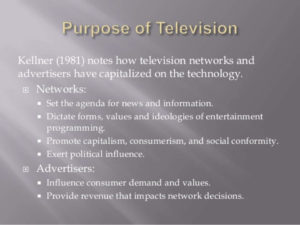 There is a hidden intangible root cause that underlies the climate change conundrum. Cultural programming undertaken by marketing executives with advertising budgets is a primary influence on societal attitudes and consumer purchasing behavior. Advertising and product placement programs are designed to create consumer demand for products. These products require extraction and processing of raw material. Fossil fuel energy is used to convert the raw material into products. The products must be transported to point of sale or purchase locations such as retail shops and residential locations. While this may sustain and even create employment, the advertising focus and purpose is not aligned with the strategic need for mitigation, adaptation and resilience. The alternate objectives of avoid, reduce, re-use and recycle are not a part of the current equation for corporate sustainability.
There is a hidden intangible root cause that underlies the climate change conundrum. Cultural programming undertaken by marketing executives with advertising budgets is a primary influence on societal attitudes and consumer purchasing behavior. Advertising and product placement programs are designed to create consumer demand for products. These products require extraction and processing of raw material. Fossil fuel energy is used to convert the raw material into products. The products must be transported to point of sale or purchase locations such as retail shops and residential locations. While this may sustain and even create employment, the advertising focus and purpose is not aligned with the strategic need for mitigation, adaptation and resilience. The alternate objectives of avoid, reduce, re-use and recycle are not a part of the current equation for corporate sustainability.
We need a major shift in multiple areas that will enable a rapid focused mobilization toward mitigation, adaptation and resilience at multiple levels: individual, community, organizational, regional and global; but how do we create and foster the political will to accomplish this? This requires political action.


